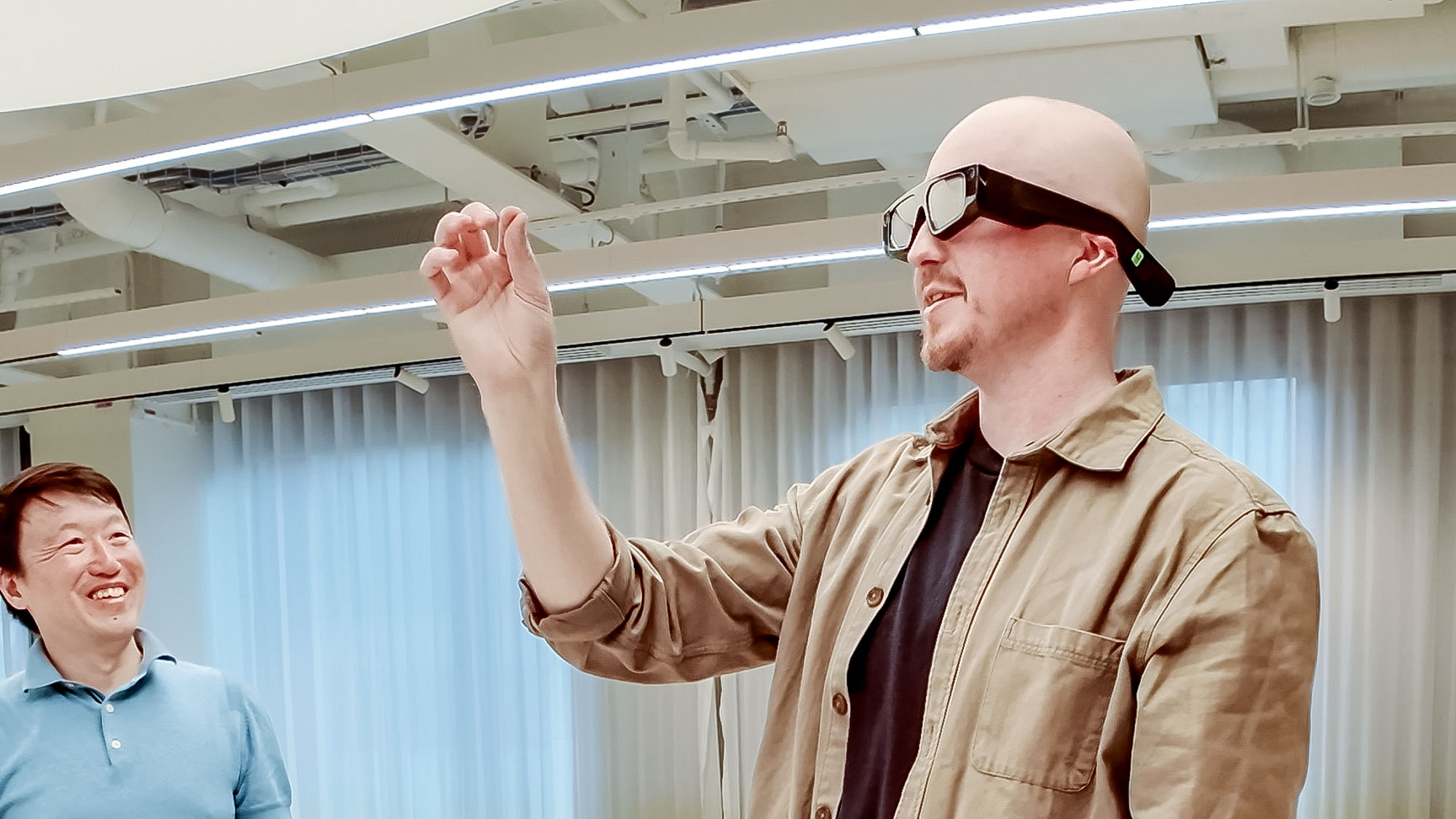It’s Time to Give Final Fantasy XII Another Chance
Final Fantasy XII: The Zodiac Age is an attractive update to a huge, sprawling, strategic game that deserves another chance.
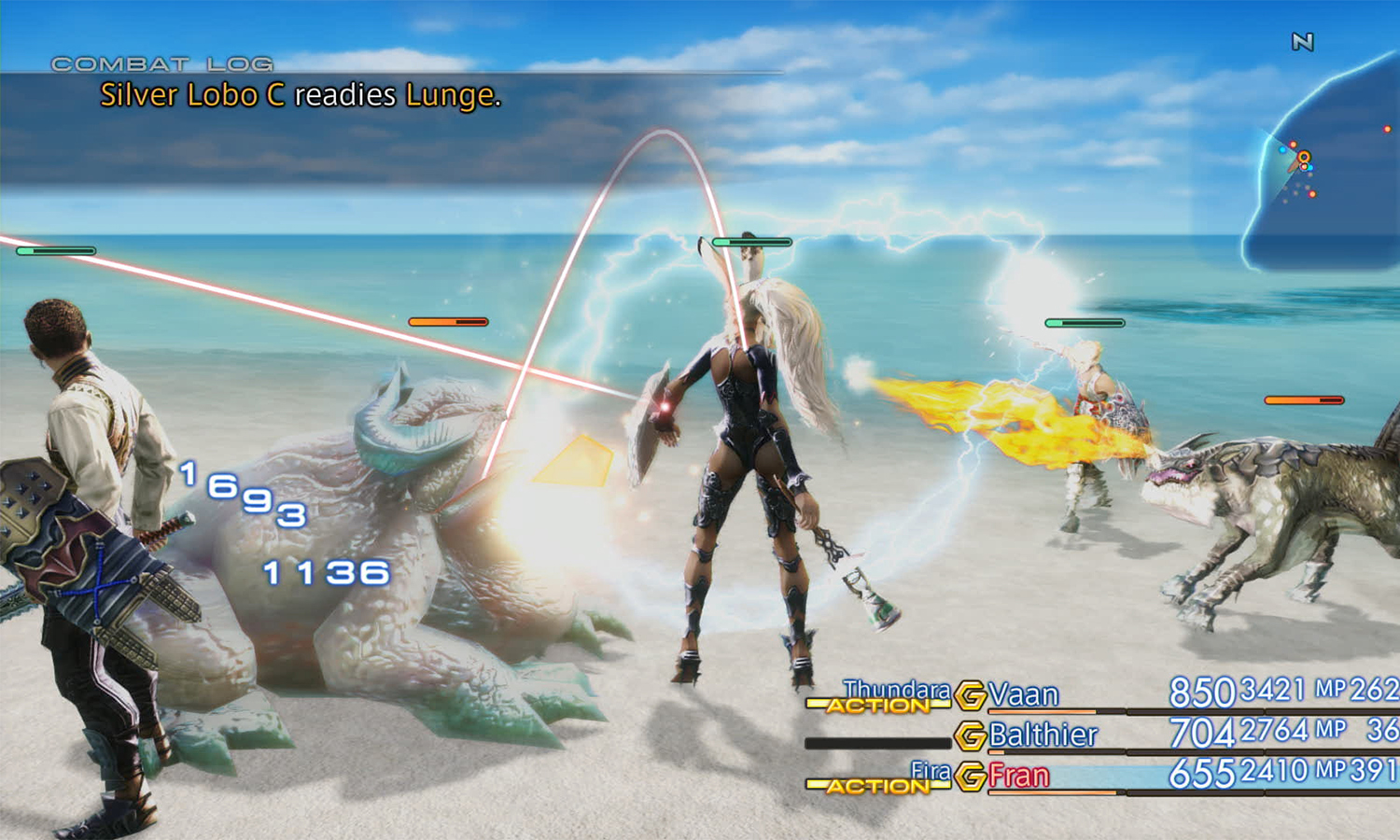
Look, I get it. Final Fantasy XII was sort of the black sheep of the modern Final Fantasies. It wasn’t as iconic as VII, as inventive as VIII, as nostalgic as IX or as expansive as X. It wasn’t even as weird as XI or as outright unpleasant as XIII. You didn’t even want to finish it the first time; why would you want to replay it as a PS4 re-release?
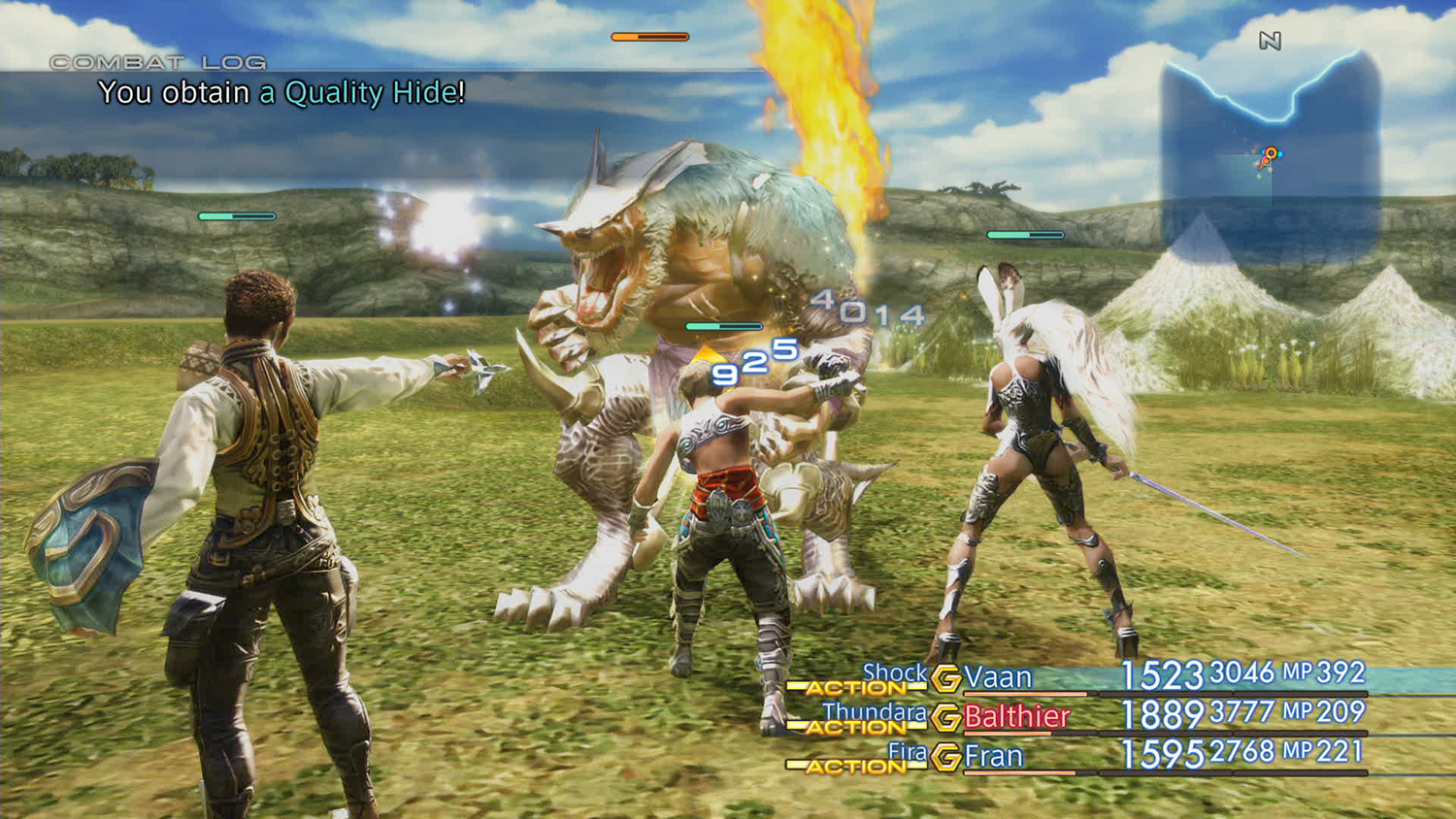
I had a chance to go hands-on with Final Fantasy XII: The Zodiac Age, and during my 3 hours with the game, I remembered exactly why I found it so hard to put down the first time. While The Zodiac Age doesn’t make any radical additions to the game, it’s an attractive update to a huge, sprawling, strategic game that deserves another chance from longtime series fans.
An Overlooked Classic
Final Fantasy XII first came out in 2006 as one of the last major titles on the PS2. The PS3 was less than a year away, and fans were wary after Final Fantasy XI turned out to be a massively multiplayer online game — a wild departure from the immersive single-player role-playing games that had defined the series up until that point.
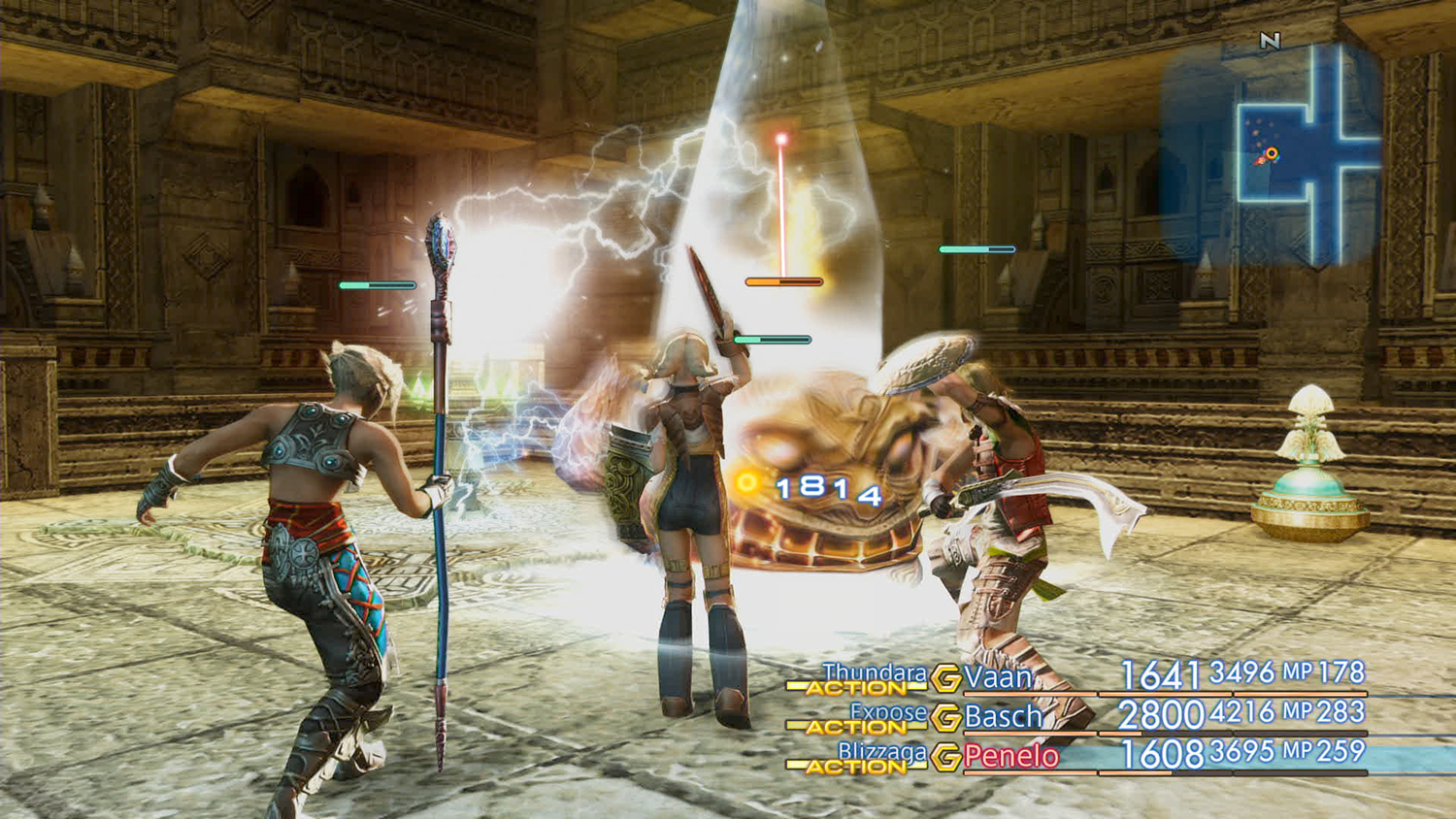
They also weren’t wild to learn that Final Fantasy XII borrowed a fair amount of MMO mechanics from its predecessors. Instead of tight, turn-based combat and cleverly designed dungeons, Final Fantasy XII focused on automated, real-time combat and enormous open stages with tons of secrets and not many artificial barriers. There was even a long string of monster-hunting side quests, adding to the “go there, kill that” feel of many online RPGs.
What players may not remember, though, is that Final Fantasy XII was an open-world RPG before open-world RPGs were really a thing. No, the entire world wasn’t seamlessly connected, but the huge, explorable areas were a big departure from most other Japanese RPGs at the time. Fans and critics have praised Final Fantasy XV to the moon and back for letting players explore at their own pace, customize characters to their liking and take on a ton of side quests. Well, Final Fantasy XII did the same thing. It’s not as polished, admittedly, and the pacing is much slower, but the story is much more comprehensible.
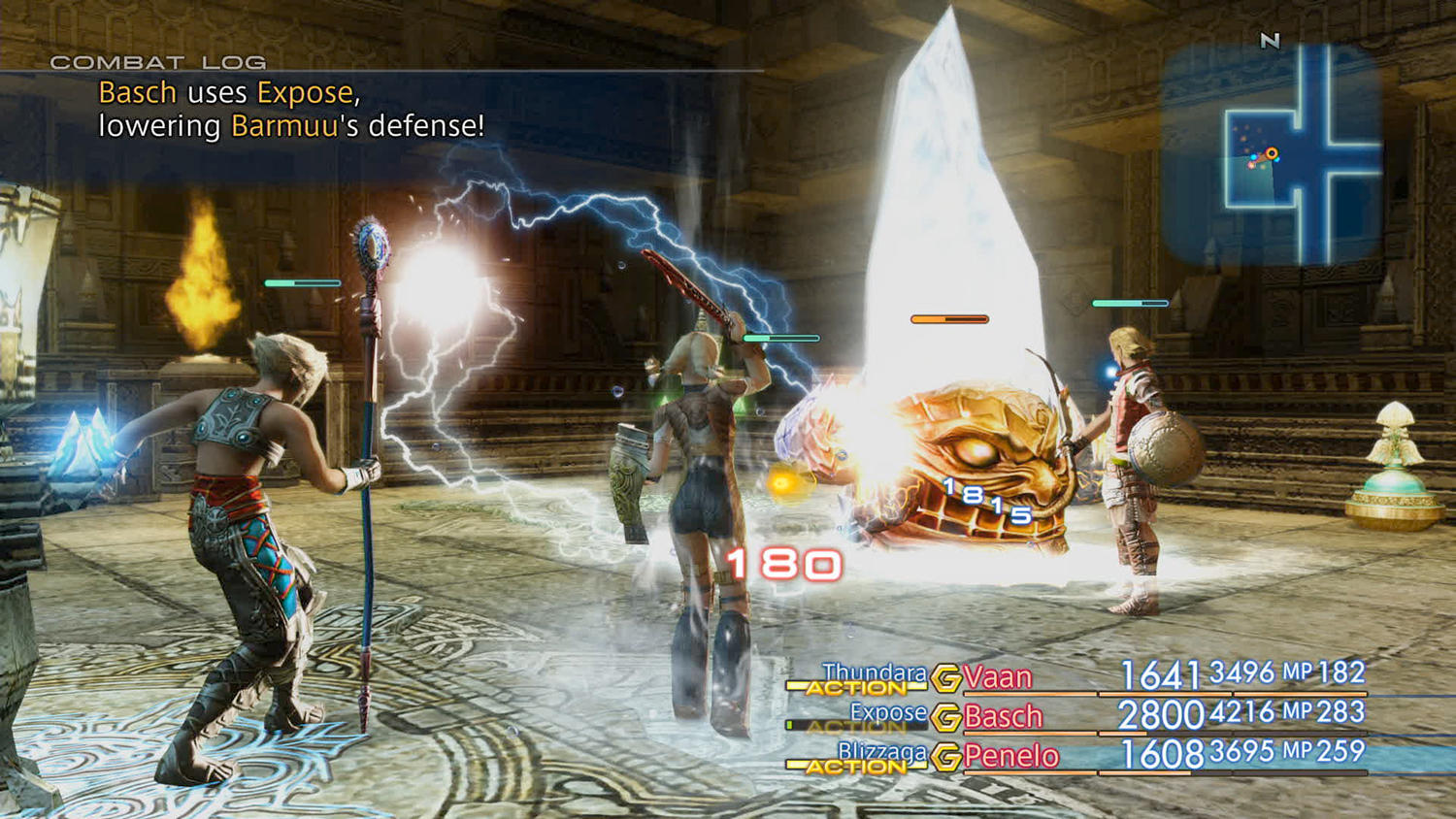
Final Fantasy XII tells the story of Ashe: a displaced princess from the Kingdom of Dalmasca. (She’s not the first character you control, but she’s undoubtedly the most important one in the story.) The ambitious Vayne Solidor, prince of the expansionist Archadian Empire, usurps Ashe’s position as part of a much larger political strategy. It’s not long before Ashe and her motley crew learn that Vayne’s conquest has supernatural power behind it — even though the prince is reluctant to use it. What follows is a story that’s part high fantasy, part political intrigue and part adventure travelogue.
The Zodiac Age
My adventure in The Zodiac Age began in Eruyt Village: an area about halfway through the game’s main story. Without spoiling too much of the plot, the party finds itself traveling alongside Larsa: Vayne’s younger brother, who believes he can talk some sense into the domineering Archadians. To do so, the party has to journey to Mt. Bur-Omisace and solve the mysteries of the Stilshrine of Miriam, giving me a taste of both the overworld and the dungeons.
Sign up to get the BEST of Tom's Guide direct to your inbox.
Get instant access to breaking news, the hottest reviews, great deals and helpful tips.
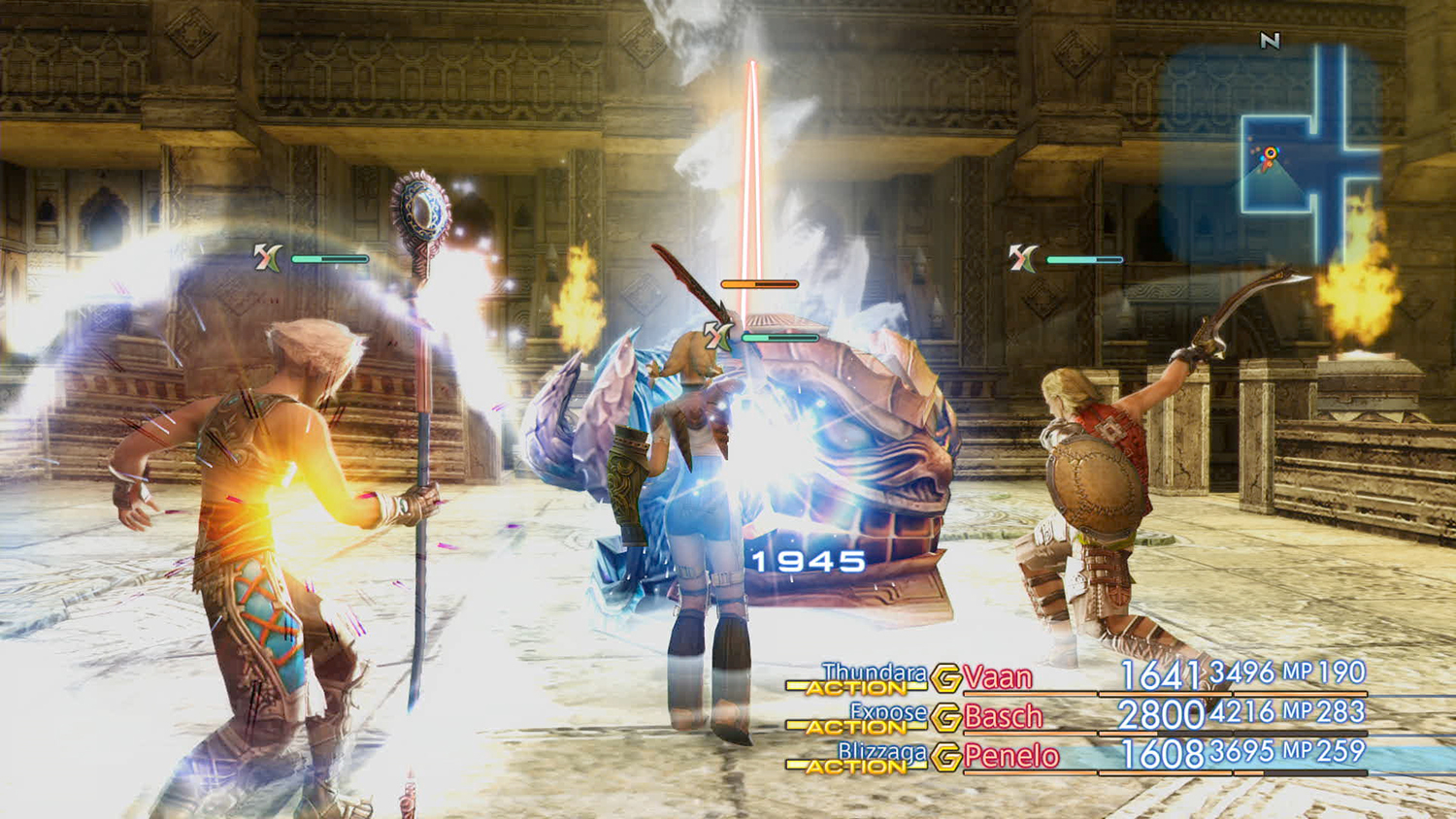
The first thing I noticed about The Zodiac Age’s gameplay is that it’s much simpler and more organized than the original’s. One of the most controversial aspects of Final Fantasy XII was the License Board. Rather than just equipping weapons or learning spells, characters would have to first buy the associated License enabling them to do so.
More: Final Fantasy XV Review: A Rollicking, Royal Road Trip
Proponents loved the License Board for its unparalleled level of customization — you could make a sharpshooter who knew how to heal the party, or a powerful swordsman who could also draw the enemy’s attention and soak up a ton of damage. However, detractors complained that it made building effective characters a matter of trial and error, especially since it was impossible to know which licenses would unlock next without consulting a guide.
Final Fantasy XII’s remaster sidesteps the problem with the Zodiac Job system. The License Board still exists, but in a much smaller and more focused form. When a character first joins your party, you’ll choose a Job for him or her, as in older Final Fantasy games like III, V or Tactics. Your characters can be Archers, Black Mages, Knights, Monks, White Mages or something more specialized, and you can even choose a second class for each one later on in the game.
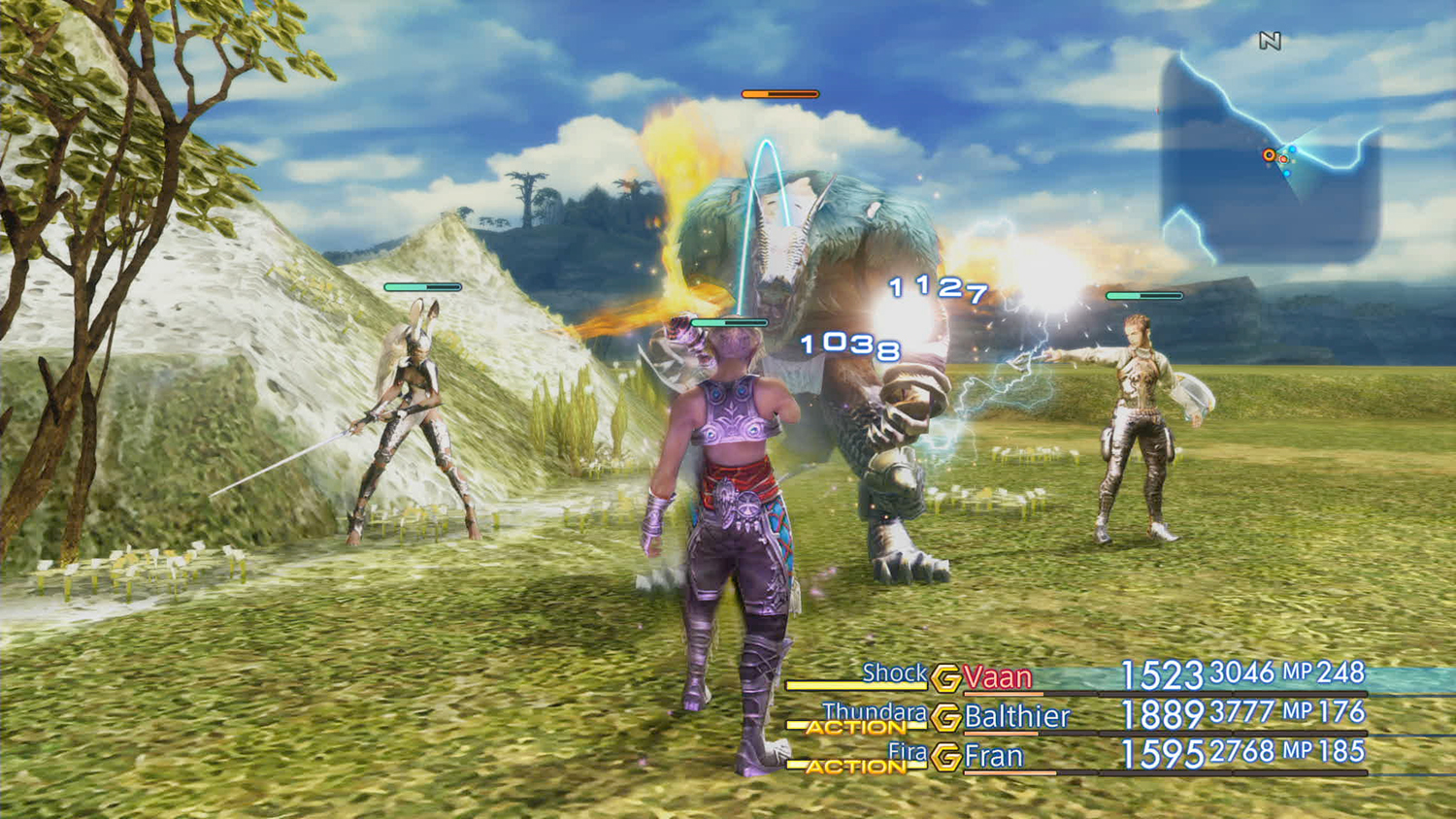
This approach has advantages and disadvantages. Each class has a specialized license board, so although you don’t know exactly which Licenses you’ll unlock until you buy an adjacent one, you can be confident that they’ll enhance your character overall.
On the other hand, it does restrict some of the creativity of the completely open License Board, as well as those delightful “a-ha” moments, where you realize a totally unexpected way to build your character. I also wonder what effects restricted License Boards will have on the monstrously tough late-game bosses, since completing the board was just about a prerequisite for taking on some of them.
The Zodiac Age makes only two other major gameplay additions: a Speed Mode, which allows you to run through some of the areas (and cutscenes) on fast-forward, and a Trial Mode, which lets you participate in 100 arena-style battles right from the main menu. Unfortunately, Trial Mode was not functional during my demo. (The Speed Mode was useful, particularly if you’ve played the game before.)
An Inventive Gambit
As far as the moment-to-moment gameplay, Final Fantasy XII’s combat plays out in real time. Your characters spot an enemy and then — well, what they do after that is up to you. The game makes use of a sophisticated type of AI called the Gambit system, which lets you program your characters to act on their own. You can still jump in and micromanage actions, but if you have to do this during every battle, you’re just setting yourself up for failure. Gambits can automate complex character behavior and turn even tough boss fights into manageable challenges.
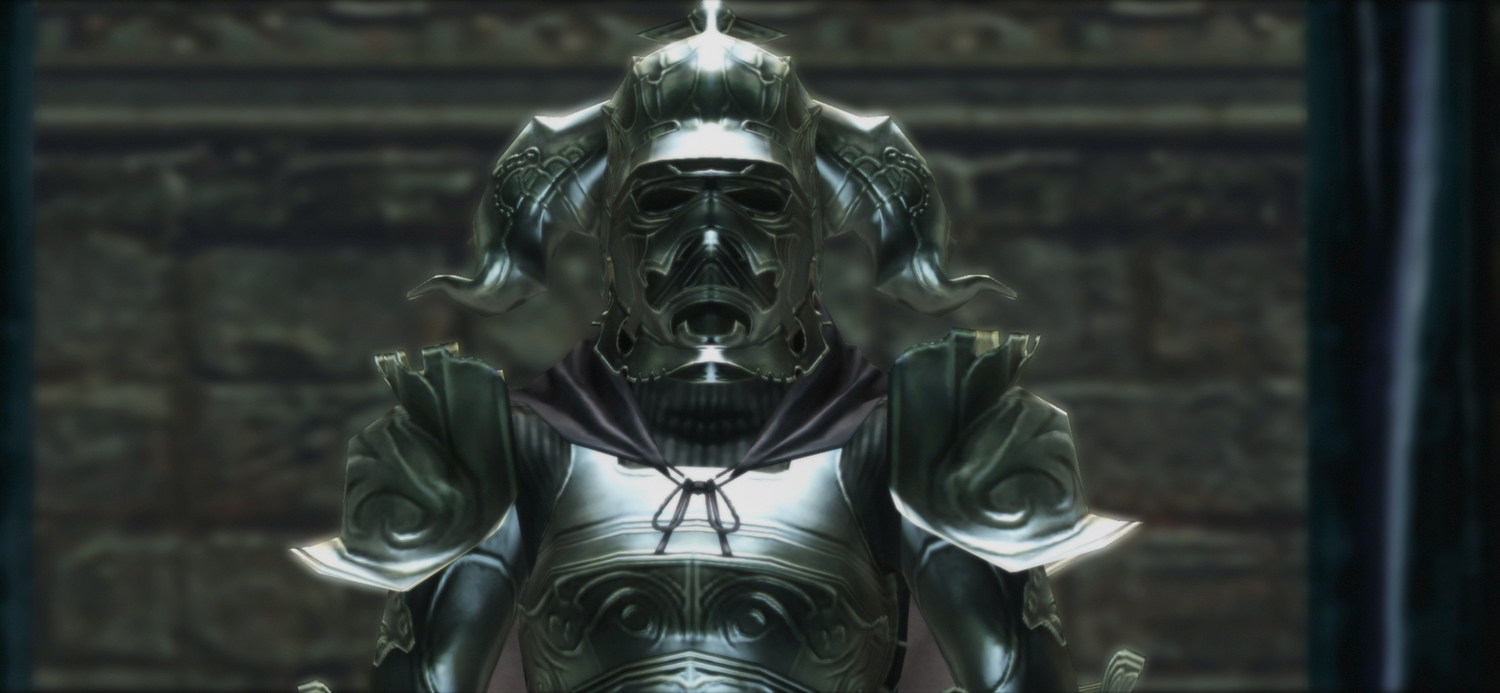
Here's how it works: Each character starts off with a limited number of Gambit slots. Each Gambit can target either an enemy or a friendly character. As you progress through the game, you can purchase conditional variables, such as “Self: HP <50%” or “Enemy: Flying.” You organize Gambits in order of priority, then characters simply follow their instructions.
For example: as I traversed the lush environs of the Golmore Jungle, my characters encountered a nuisance of an enemy called a Malboro. Any longtime FF fan knows that these tentacled monstrosities can inflict devastating status effects, such as Poison and Blindness. How to deal with them without stopping to apply a healing item every time my characters got hit?
In the Gambit menu, I assigned Ashe (my party leader) to always attack the enemy closest to her, and my other two party members (Basch, a heavy hitter, and Penelo, a healer) to gang up on the leader’s target. Unless something went wrong, that meant my characters would always be attacking an enemy in concert.
I also prioritized two Gambits over attacking, though: curing negative status effects, and healing. If any of my characters fell below 50 percent health, Penelo would toss a healing spell their way. (If any of them fell below 20 percent, Ashe would stop what she was doing to help out as well.) Basch would continue to draw enemy fire, regardless. If Penelo ran out of MP for spellcasting, I set up a Gambit so that she would use a skill to recover it.
Since each character has a different set of skills, you can do some very nuanced things with the Gambit system. Few things are as satisfying as thinking up a Gambit chain, finding an unpurchased Gambit slot on the License Board, and then making everything run together like a well-oiled clock.
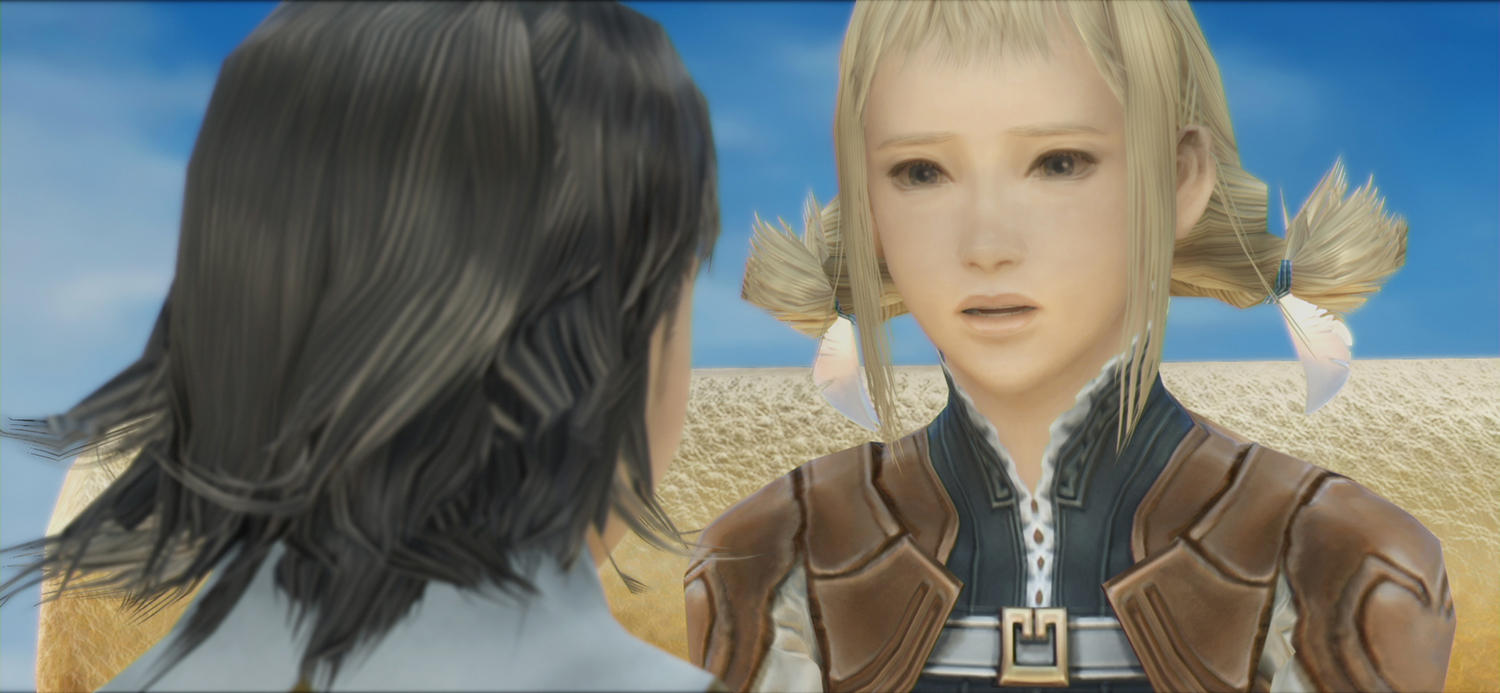
The Gambit system was one of the big objections to Final Fantasy XII — after all, if you set up Gambits well enough, the game more or less “plays itself.” Still, nothing makes you feel as clever as setting up a nuanced Gambit list and watching your characters execute it flawlessly. This was the case when I took on the Elder Wyrm: a gigantic dragon that blocked the path to my next objective. Although the creature hit hard, my Gambit setup automated a lot of the busywork of attacking and healing, letting me take advantage of positioning, as well as experimenting with other spells and items in my inventory that could potentially exploit a weakness.
From there, I continued onto Mt. Bur-Omisace: a snowy, desolate mountainside where I remembered completely just how big the game is, and how the path ahead is often anything but clear. Still, getting directly from Point A to Point B is not what Final Fantasy XII is all about; it’s about finding the game’s hidden nooks and crannies as you beef up your characters and discover powerful items, just waiting to be Licensed.
The Stilshrine of Miriam introduced a lot of puzzles, as you can change the dungeon’s layout through switches, teleportation and defeating forbidding bosses. Even Final Fantasy purists can probably get behind the dungeons in XII, as they’re pure, old-school experiences. Fight your way through a visually interesting area, solving puzzles as you go, then confront a gigantic boss or two that will put your skills (and your item stores) to the test.
Another Chance
Maybe you picked up Final Fantasy XII back in 2006, then put it down halfway through. Or maybe word-of-mouth dissuaded you, and you never got it at all. If you have any affinity for the series, I say it’s high time to give it another chance. Final Fantasy XII is an enormous game, and it takes a while to hit its stride, but its rewards are commensurate with the effort you put in. The gameplay enhancements in The Zodiac Age make it more approachable than before (although I’m not prepared to say “better” just yet), and its HD graphics and improved sound make it feel right at home on the PS4.
Whether Final Fantasy XII’s underrated RTS sequel Revenant Wings will also get the remaster treatment, however, is anyone’s guess.
Image Credits: Square Enix
Marshall Honorof is a senior editor for Tom's Guide, overseeing the site's coverage of gaming hardware and software. He comes from a science writing background, having studied paleomammalogy, biological anthropology, and the history of science and technology. After hours, you can find him practicing taekwondo or doing deep dives on classic sci-fi.

